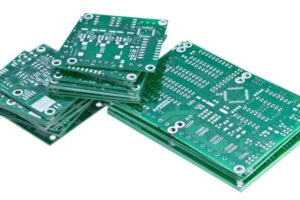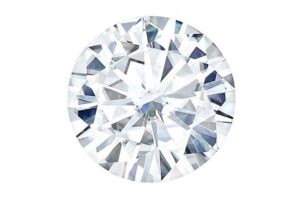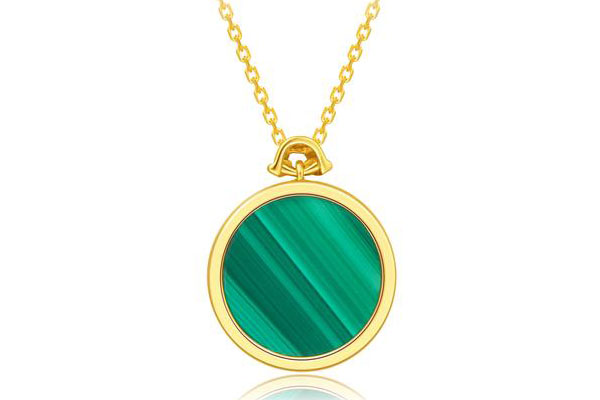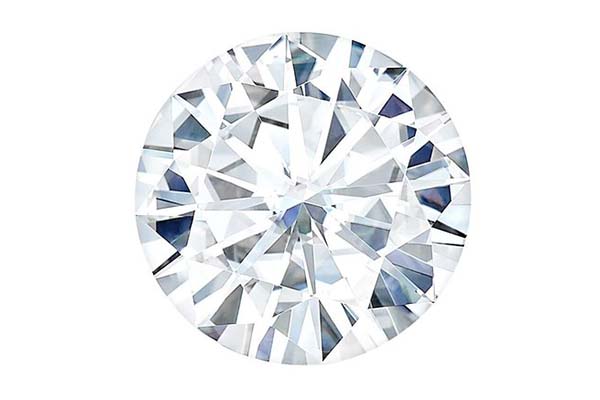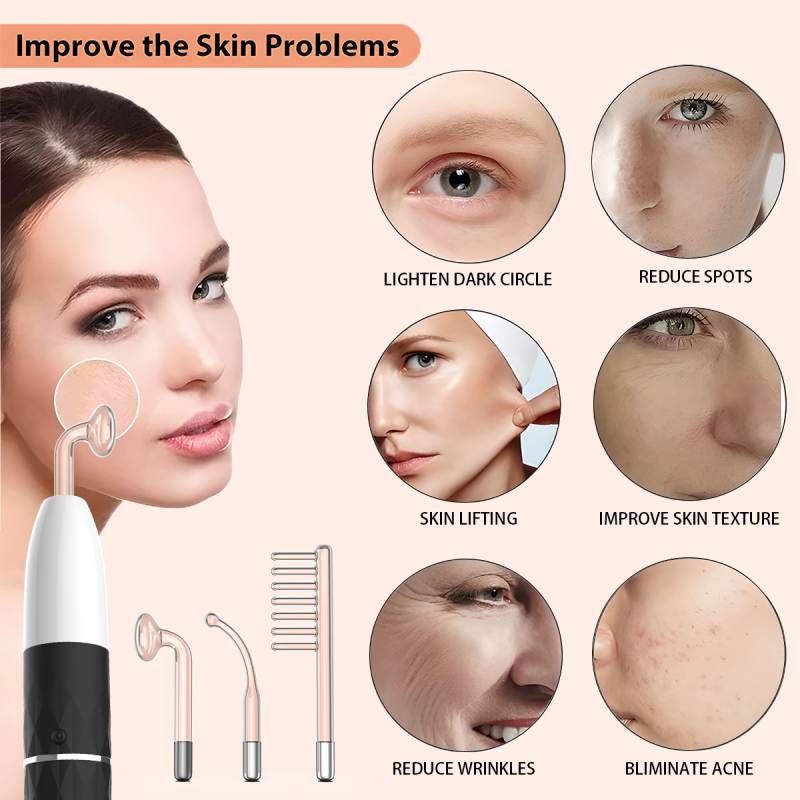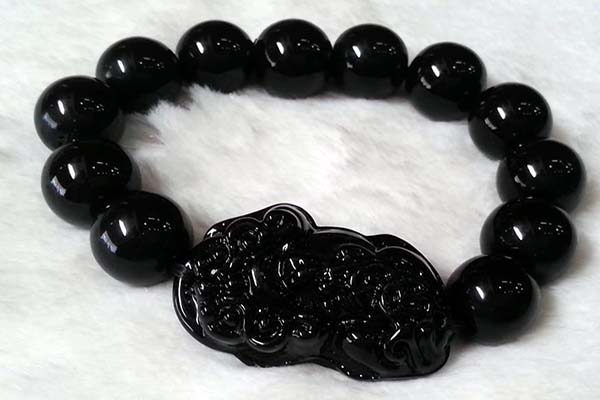Malachite is a beautiful green mineral that has been used in jewelry making for centuries. Its distinctive banding and bright green color make it a popular choice for everything from pendants to earrings. But not all malachite is created equal. In recent years, synthetic malachite has become more common, raising questions about its authenticity and quality. In this article, we’ll explore the differences between synthetic malachite and real malachite, and how to tell them apart.
What is Synthetic Malachite?
Synthetic malachite, as the name suggests, is not a naturally occurring mineral. It is a man-made version of the stone, created in a laboratory or factory. Synthetic malachite is typically made by combining copper salts with other chemicals to produce a green pigment that is then used to color other materials, such as resin or glass.
How Synthetic Malachite is Made
To create synthetic malachite, copper salts are combined with other chemicals, such as sodium carbonate, to create a green pigment. This pigment is then added to a material such as resin, which is then molded or cast to create the desired shape.
Properties and Characteristics of Synthetic Malachite
Synthetic malachite has several properties and characteristics that make it different from real malachite. One of the most obvious differences is in its appearance. While synthetic malachite can closely resemble the real thing, it often lacks the distinctive banding and patterns that are characteristic of natural malachite.
Another difference is in its texture. Synthetic malachite is often smoother and more uniform in texture than natural malachite. This is because it is usually cast or molded, rather than being formed naturally over time.
Uses of Synthetic Malachite
Because synthetic malachite is more affordable and easier to produce than natural malachite, it is often used in jewelry making and other decorative items. It can also be used as a substitute for real malachite in art and sculpture.
What is Real Malachite?
Real malachite is a naturally occurring mineral that is formed through a slow process of chemical and geological reactions. It is found in copper deposits around the world and is prized for its distinctive green color and banding.
How Real Malachite is Formed
Real malachite is formed through a process of chemical weathering and alteration. When copper deposits are exposed to water and air, they undergo a series of reactions that result in the formation of malachite. Over time, this mineral can accumulate in large quantities, forming veins and deposits in the earth.
Properties and Characteristics of Real Malachite
Real malachite has several properties and characteristics that make it unique. One of the most notable is its banding, which gives it a distinctive pattern that is prized in jewelry making and decorative arts. Real malachite is also quite dense and heavy, with a hardness of around 3.5-4 on the Mohs scale.
Uses of Real Malachite
Real malachite has been used for thousands of years in jewelry making, decorative arts, and even as a pigment for paints and dyes. Its distinctive color and banding make it a popular choice for everything from pendants and necklaces to sculptures and decorative objects.
Differences Between Synthetic and Real Malachite
While synthetic malachite can closely resemble the real thing, there are several key differences between the two. Here are some of the most notable differences:
Appearance
Real malachite has a distinctive banding and pattern that is often absent in synthetic malachite. Synthetic malachite is often smoother and more uniform in texture.
Texture
Real malachite has a rough, uneven texture that is characteristic of natural minerals. Synthetic malachite, on the other hand, is often smoother and more uniform in texture.
Hardness
Real malachite has a hardness of around 3.5-4 on the Mohs scale, which means it is relatively soft and can be scratched easily. Synthetic malachite may have a similar hardness, but it can be difficult to determine without conducting a scratch test.
Durability
Real malachite is a relatively soft and porous mineral, which means it can be easily damaged or scratched. Synthetic malachite, on the other hand, is often more durable and resistant to damage.
Price
Real malachite is often more expensive than synthetic malachite, due to its rarity and the difficulty of mining and processing it. Synthetic malachite, on the other hand, is relatively inexpensive and easy to produce.
How to Identify Synthetic and Real Malachite
If you’re unsure whether a piece of malachite is real or synthetic, there are a few things you can look for to help you determine its authenticity:
Visual Inspection
One of the easiest ways to identify real malachite is to examine its banding and pattern. Real malachite has a distinctive, irregular pattern that is often absent in synthetic malachite. You can also look for signs of natural weathering, such as rough or uneven surfaces.
Conducting a Scratch Test
Another way to determine whether a piece of malachite is real or synthetic is to conduct a scratch test. Real malachite has a hardness of around 3.5-4 on the Mohs scale, which means it can be scratched by harder materials like quartz or steel. Synthetic malachite, on the other hand, may be harder and more difficult to scratch.
Density and Weight
Real malachite is quite dense and heavy, with a specific gravity of around 3.6-4.0. Synthetic malachite may be lighter and less dense, depending on the materials used to create it.
Related:
Malachite vs Jade: A Comparison of Two Beautiful Minerals
Conclusion
While synthetic malachite may be a more affordable and easier-to-produce alternative to real malachite, there are several key differences between the two. Real malachite has a distinctive banding and pattern, as well as a rough and uneven texture that is characteristic of natural minerals. Synthetic malachite, on the other hand, is often smoother and more uniform in texture, and lacks the irregular patterns of real malachite. If you’re unsure whether a piece of malachite is real or synthetic, you can examine its appearance, conduct a scratch test, or compare its density and weight to known samples of real malachite. Ultimately, the choice between synthetic and real malachite will depend on your preferences and needs, but knowing the differences between the two can help you make an informed decision.
